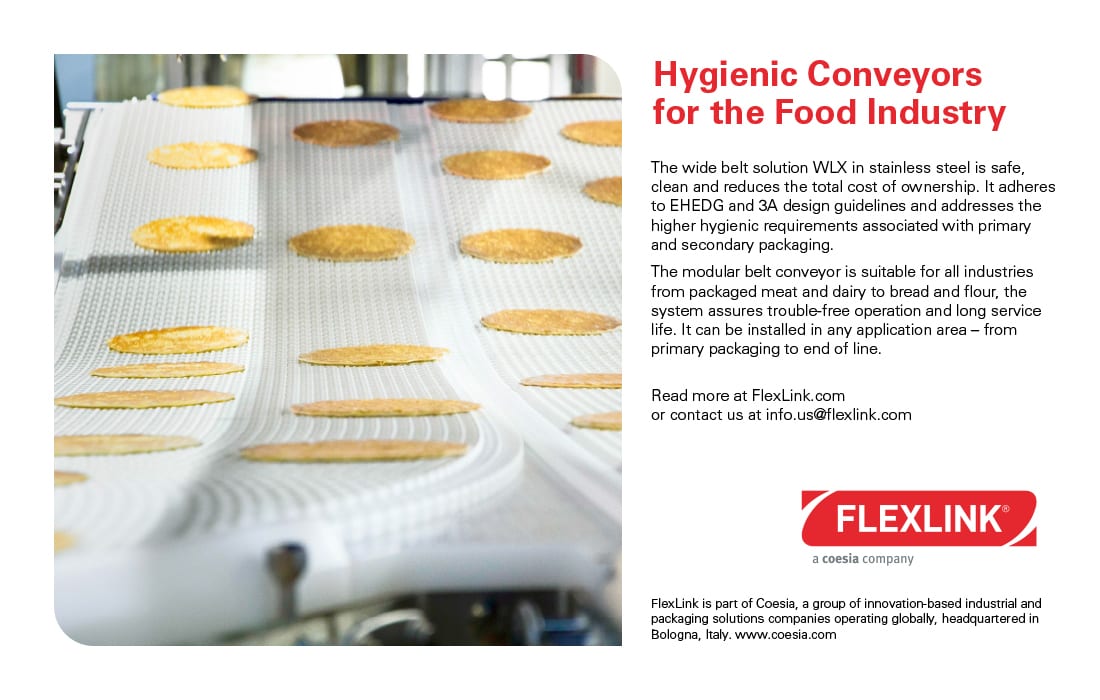NovemBER 2022
PROTEIN REPORT
ALTERNATIVE

by Derrick Teal, Editor-in-chief
According to a white paper by Innophos, mechanical processes alone aren’t enough for plant-based alternatives to fully replicate the sensory experience of animal-based protein.
Achieving a Full Sensory Experience
Consumer demand for plant-based alternatives to animal proteins is on the rise, but achieving comparable taste and texture remains a challenge. Photo courtesy of Innophos

There’s no doubt that the plant-based alternative-protein market is growing. While profitability varies from producer to producer, as a whole the market is growing. Markets and Markets says in one report that the global plant-based meat market is projected to increase from $4.3 billion in 2020 to $8.3 billion in 2025, growing at a CAGR of 14.0%. Health and the environment are often cited reasons for people choosing plant-based proteins versus animal-based proteins, but a major stumbling block for many, besides taste, is texture.
A survey entitled “Consumer Acceptance of Plant-Based Meat Substitutes: A Narrative Review” found that 53% of U.S. respondents liked the taste of plant-based alternatives to animal-based meats, but the criticism of plant-based alternatives were mostly about texture. The reason all comes down to how the protein chains between plants and animals are shaped. Animal proteins are comprised of long protein chains of myosin and actin, while plant-based proteins are globular. This fundamental difference is the reason why plant-based alternatives to something like ground beef, where those long chains of animal-based proteins are broken up, are texturally more acceptable to consumers than say a steak where those long chains would remain intact.
Mechanical processing techniques, such as extrusion, shearing, spinning and mixing, are often used to enhance the texture of meat alternatives, according to a white paper by Innophos’ Karen Winkowski, Ph.D., Songwei Wu and Amr Shaheed entitled, “Solutions for Plant-Based Meat Substitutes.” But the authors go on to say that those techniques aren’t enough to “mimic the organoleptic properties of meat products” on their own. The solution to creating a plant-based alternative with better taste and texture, they say, are phosphates.
Using phosphates, the authors believe that consumer adoption of plant-based alternatives to meat can be increased by creating a similar overall experience to animal-based protein products.
“Phosphates are key ingredients in developing appealing meat substitutes because they impact protein functionality (for example: ability to form gels, hold water, absorb fat, emulsify),” say the authors. “These functionalities impart sensory characteristics to the food products such as flavor, texture and taste which ultimately determines consumer acceptability of new products.”
According to the white paper, phosphates modulate protein functionalities in many ways. Phosphates can change pH and ionic strength or can chelate metals in the protein solutions indirectly affecting the properties of the protein. Phosphates also exhibit polyelectrolyte behavior, binding proteins and water through electrostatic interactions. The phosphate-protein interaction is influenced by pH changes, the addition of cations, and the phosphate chain length, which determines the degree of ionization.
The authors cite experiments at Innophos where various phosphates were used to make a plant-based alternative to animal-meat products either softer or harder than the control. For example, various phosphates were used to adjust the hardness and pH levels of a plant-based hot dog made from pea protein. A similar experiment was conducted on a plant-based chicken patty.
Using phosphates, the authors believe that consumer adoption of plant-based alternatives to meat can be increased by creating a similar overall experience to animal-based protein products.
According to the authors, “By understanding plant-based protein functionalities and modulating with phosphates, manufacturers can develop meat substitutes with better textural profiles for consumers seeking heathy and sustainable food products.” FE
NOVEMBER 2022


